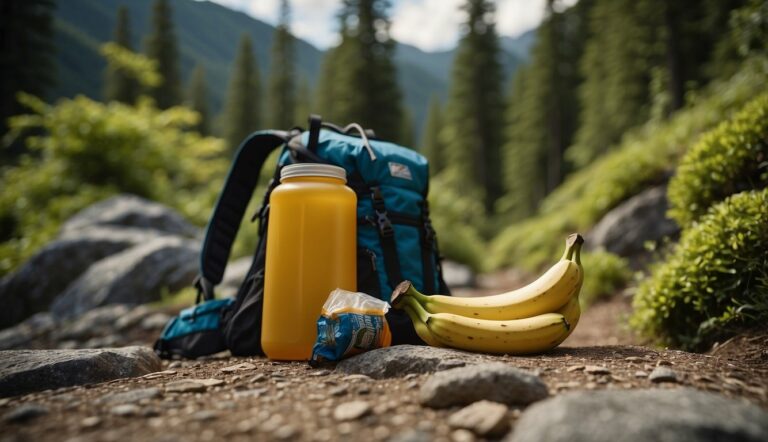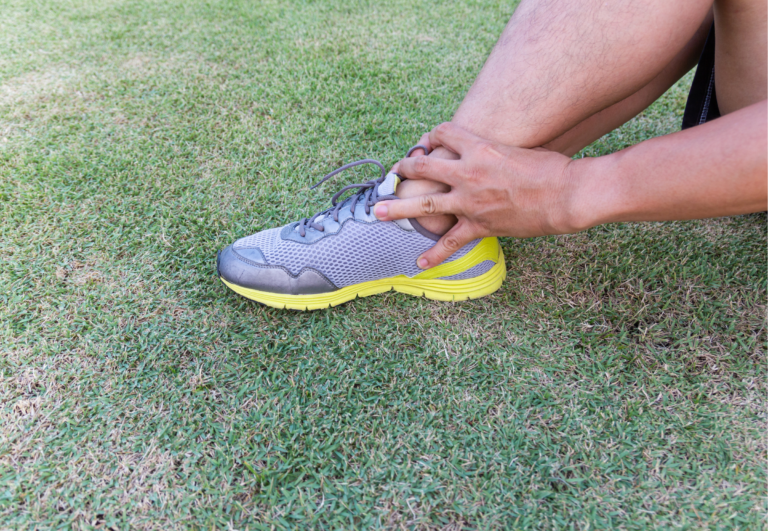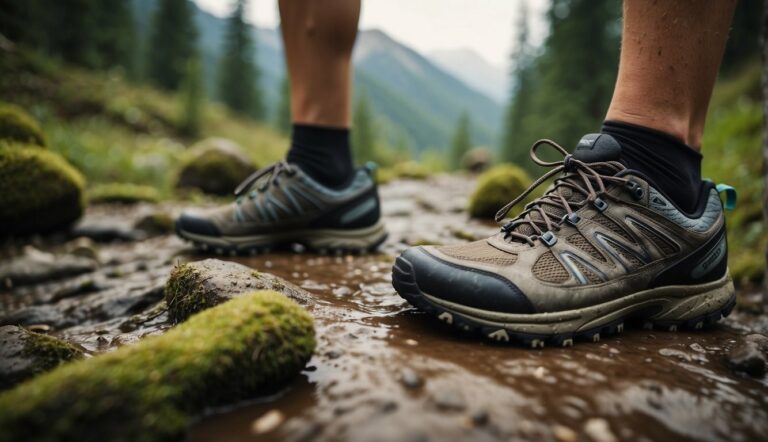Trail Running and Geocaching: Merging Adventure with Treasure Hunting
Combining the adventure of treasure hunting with the physical challenge of trail running, geocaching acts as a compelling motivator for outdoor enthusiasts seeking to add a layer of excitement to their runs. As a UESCA certified running coach with firsthand experience in geocaching, I can attest to the benefits of incorporating this activity into running routines. It offers runners both a mental and physical workout as they navigate trails while searching for hidden caches using GPS coordinates.
For those new to geocaching, it is essentially a game where items are hidden in various outdoor locations and the coordinates are shared online for participants to find. Trail running, when complemented with geocaching, encourages runners to explore new paths and terrains, improving agility and mental sharpness. This combination not only enhances your sense of direction but also provides an engaging purpose to every run, making routine outings fresh and exciting.
Trail Running and Geocaching – an Overview
In trail running, the right gear and knowledge enhance both performance and safety. Understanding and carrying essential equipment can make the difference in varied terrain and conditions.
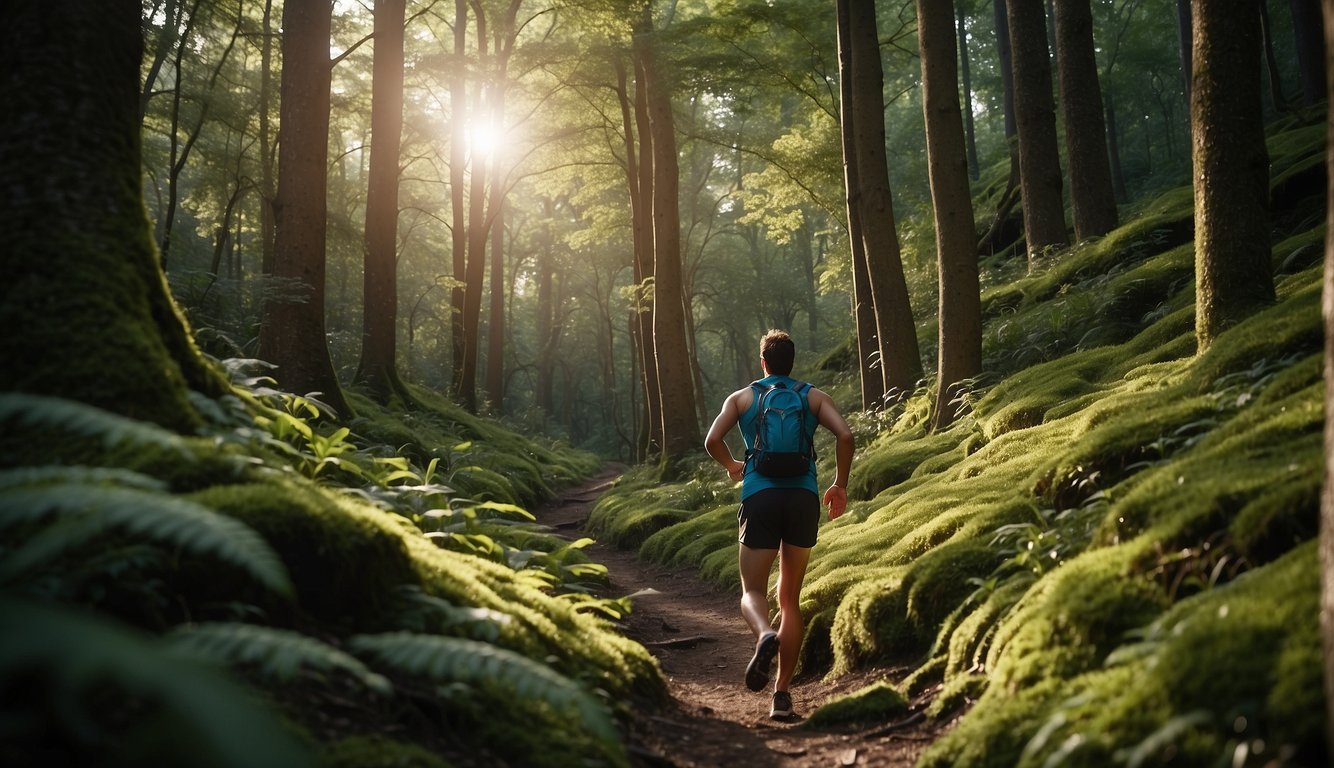
Running Gear and Apparel
When hitting the trails, the right clothing is both a comfort and a necessity. I always recommend durable trail running shoes with a good grip for stability over rocky or muddy surfaces.
A GPS running watch helps track distance, pace, and often elevation changes. Finally, technical apparel, made from moisture-wicking materials, can keep you dry and regulate your body temperature in different weather conditions.
- Shoes: Durable with good grip
- GPS Watch: For tracking essential metrics
- Apparel: Moisture-wicking materials
Navigation Tools for Runners
Getting lost is a risk on unfamiliar trails. I advise carrying a GPS unit or a smartphone with a reliable navigation app. A GPS watch with a pre-loaded topo map and features like a barometric altimeter and electronic compass can offer both accuracy and backup navigation. Ensure any electronic device has sufficient battery life for the entire run.
- Handheld GPS/Smartphone: With topo maps and long battery life
- GPS Watch: With a barometric altimeter and electronic compass
Safety and Hydration
Safety is paramount in trail running. Always carry water to stay hydrated – a hydration pack can be convenient for this. Include a space blanket in your kit for emergencies. I also urge runners to inform someone about their running route and expected return time, and to carry a fully charged phone for safety calls.
- Hydration: Carry a water source, like a hydration pack
- Emergency Gear: Space blanket, charged phone for safety
Introduction to Geocaching
As a UESCA certified running coach, I’ve found geocaching to be a fascinating blend of outdoor adventure and treasure hunting. It combines physical activity with the thrill of searching for hidden items using GPS coordinates.
Geocaching Basics
Geocaching is essentially a global treasure hunt where participants, known as geocachers, use GPS-enabled devices to locate hidden caches. These caches typically contain a logbook for finders to sign and sometimes trinkets to exchange. Here’s what a basic geocache hunt involves:
- Locate: Use geocaching.com or a geocaching app to find a cache’s coordinates.
- Navigate: Follow your GPS device or app to the cache location.
- Find: Search for the cache, often hidden with care to blend with its surroundings.
- Log: Sign the logbook to prove your find and optionally trade trinkets.
- Replace: Return the cache exactly as you found it for the next geocacher.
Types of Geocaches
There’s a range of geocaches to add variety to your hunt. Here are the main types:
- Traditional Cache: The most common type with straightforward coordinates leading to the cache.
- Multi-Cache: Involves multiple locations with clues at each point to the final cache.
- EarthCache: Educational caches where you learn about geological features without a physical container.
- Letterbox Hybrid: Combines geocaching with letterboxing, including clues and a rubber stamp.
- Mystery or Puzzle Cache: Challenges you with puzzles to solve for coordinates.
- Event Cache: Gatherings organized by geocaching groups for social interaction and sometimes cache hunts.
Starting Your Geocaching Adventure
Beginning your geocaching journey is simple:
- Join: Sign up on geocaching.com or the app to access cache locations.
- Prepare: Bring a pen for the logbook, trinkets for trading, and a sense of adventure.
- Respect: Follow geocaching etiquette, such as leaving no trace and not disturbing the cache site.
Remember, the first to find (FTF) a new cache gets special recognition, so keep an eye out for newly listed caches. Consider joining a group event to meet fellow geocachers and share experiences.
Whether you’re looking to enrich your trail runs or simply explore the outdoors from a new angle, geocaching is an accessible and rewarding pursuit.
Planning Your Trail Running and Geocaching Trip
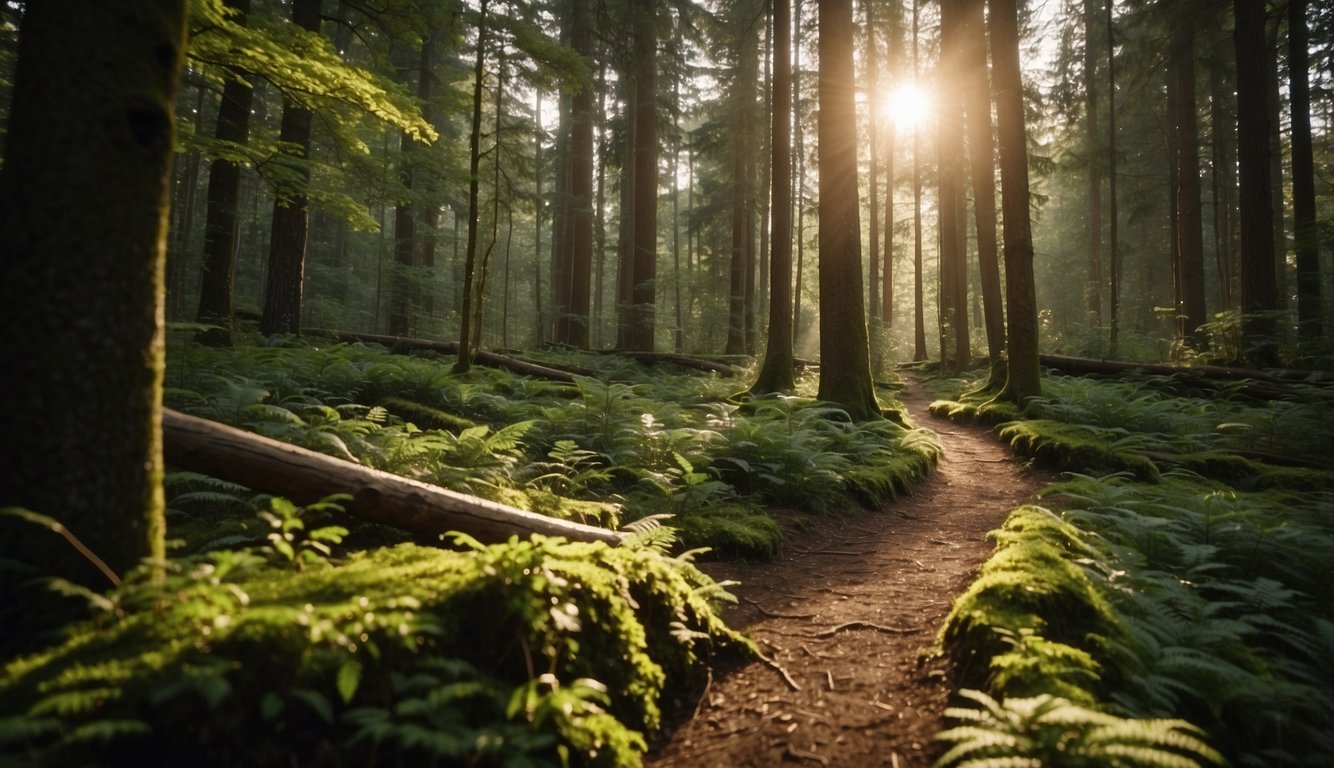
Combining trail running with geocaching offers a unique blend of adventure and physical challenge. Here are some tips to help plan effectively.
Choosing the Right Location
When I select a location for trail running and geocaching, my first stop is Geocaching.com. This website provides a comprehensive list of hidden caches along with important details about the trails.
I always look for parks or public lands, considering my proximity to the Southwest or Colorado for their diverse terrain. It’s essential to review land manager policies and hours to ensure compliance and safety.
What to Look for in a Trail
Terrain is a vital factor; I seek out trails that match my running experience and fitness level. I use apps with Global Positioning System (GPS) units to evaluate trail features and difficulty. For geocaching, I prefer trails with a higher density of caches as they provide frequent targets and rest points. While I run, I look for clear trail markers and signs to stay on track.
| Trail Feature | Importance |
|---|---|
| Elevation Gain | High |
| Surface Type | Moderate |
| Trail Length | Adjustable |
| Cache Density | Preferable |
Timing and Seasonal Considerations
Since weather affects both trail running and geocaching, I consider the time of year in my planning. I opt for cooler, dryer months to avoid heat exhaustion and slippery conditions.
When planning group trips, coordinating schedules takes precedence, and I aim for maximum daylight hours to ensure we have ample time for both activities. Keeping an eye on seasonal changes and local weather forecasts is part of my routine for a successful outing.
Tech and Tools for Geocaching
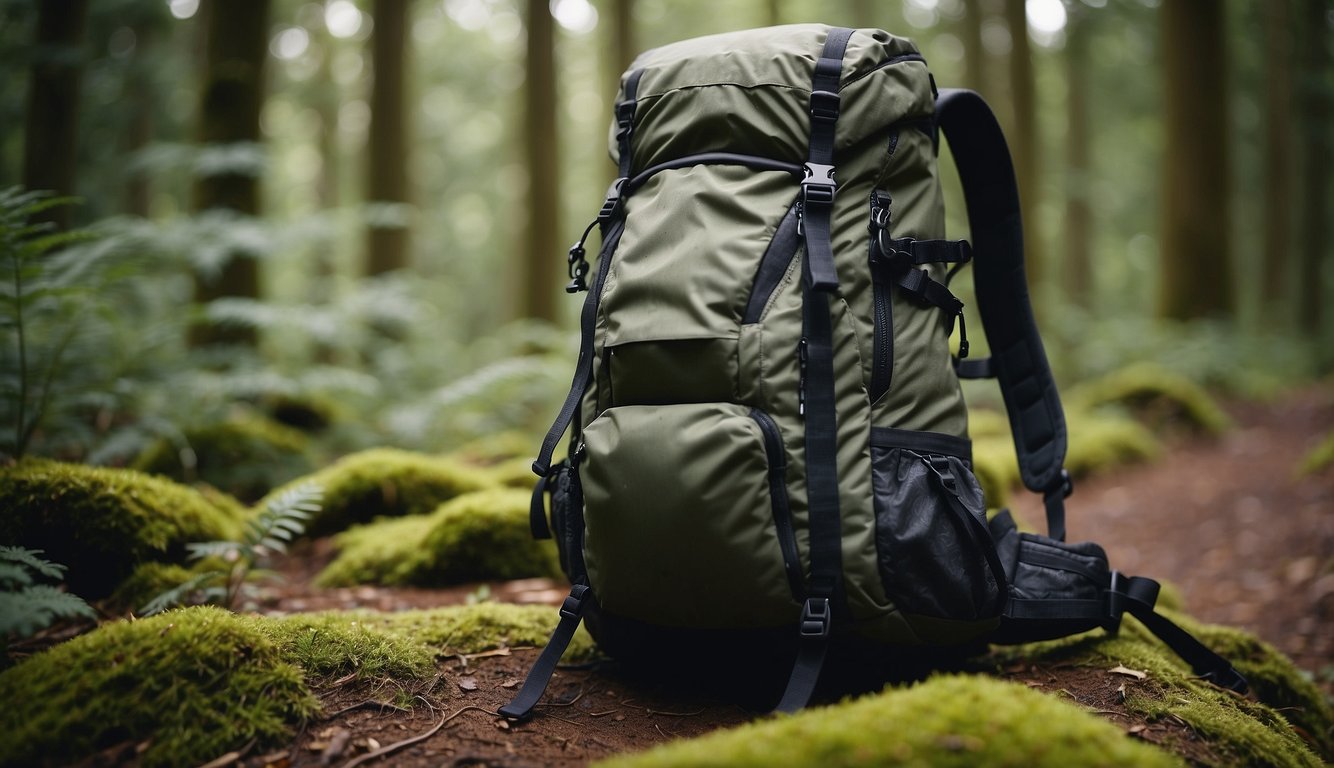
In the world of trail running and geocaching, the right technology and tools can enrich your experience and improve your search success. I’ll guide you through the essentials of tech for geocaching enthusiasts.
GPS and Smartphone Apps
GPS technology is foundational for geocachers. A handheld GPS unit with GLONASS support enhances signal reception, especially in remote areas where trail running often leads.
For example, the Garmin Montana 700 offers a rugged, touchscreen interface with connectivity features. Smartphone apps like the official Geocaching® app provide seamless integration with geocaching.com, offering intuitive navigation with offline maps for when internet signal falters.
- Handheld GPS Devices: Rugged, reliable, but can be pricier.
- Smartphone Apps: Convenient and often updated with the latest cache information.
Specialized Geocaching Equipment
Apart from your smartphone or GPS, there are specialized tools that can aid in your search:
- Geocoins: These trackable items can be collected and moved from cache to cache.
- Satellite Messengers: Devices like the inReach mini can send SOS signals and facilitate messaging without cell service.
- Compasses: A traditional compass is a reliable backup when technology fails.
Durability and ease of use are key when choosing these devices, ensuring they withstand the rigors of trail running and varied weather conditions.
Maximizing Tech for Efficient Searches
To make the most of your tech, consider the following aspects:
- Opt for devices with long battery life and easy-to-use interfaces for hassle-free searching.
- Use your smartphone’s camera to document your geocaching trail runs and cache locations.
- Update your devices before heading out. Ensure the latest software and cache data are loaded to avoid mid-search problems.
By integrating solid GPS technology, specialized geocaching equipment, and savvy tech use, my geocaching experiences while trail running have become more successful and enjoyable.
Geocaching Community and Events

Geocaching makes for an exciting blend of outdoor adventure and social engagement. As a running coach familiar with trail routes, I find incorporating geocaching into running offers a refreshing twist to the typical training regimen.
Joining the Geocaching Community
Create an Account: The first step to join the geocaching community is to create an account on geocaching.com. Here, you’ll find a diverse group of enthusiasts ranging from beginners to seasoned ‘hiders’.
- Connect with Local Geocachers: Attend events or join online forums to meet others in the community.
- Learn the Lingo: Familiarize yourself with terms like ‘FTF’ (First to Find), ‘cache’, ‘logbook’, and ‘geocoin’.
Geocaching Etiquette:
- Respect the environment: As an outdoor enthusiast, I always emphasize leaving no trace and following the guidance of the land manager.
- Cache maintenance: Replace caches as you found them and report any issues.
- Share Your Experiences: Post your finds and pictures to build the community spirit.
Participating in Events and Gatherings
Find Events Near You: geocaching.com lists events where you can meet fellow geocachers.
Types of Events:
- Community Celebration Events: Special events celebrating geocaching milestones.
- Mega-Events: Large gatherings often featuring unique geocoins and logbooks.
- Giga-Events: Even larger events with significant attendee numbers.
Advice for New Attendees:
- Prepare: Bring a pen, a GPS device or smartphone, and an eagerness to explore.
- Get Involved: Offer to help out, which could enhance your standing in the community.
- Log Your Attendance: Sign the logbook and log your attendance online to record your experience.
| State | Recommended Events |
|---|---|
| CO | Look for local community gatherings |
| Washington | Join Mega-Events in lush landscapes |
| Alaska | Explore unique geocaching adventures |
When participating in community events, networking with others can be invaluable, and you may even get advice on finds from seasoned geocachers like Rachel from REI, known for her trail knowledge in the US. The key is to stay involved, offer help, and enjoy the adventure that each new cache presents.



